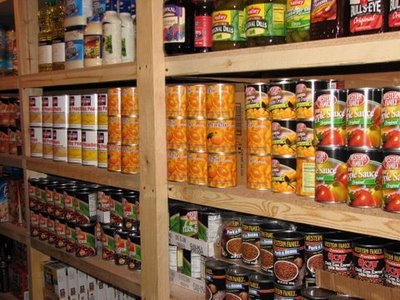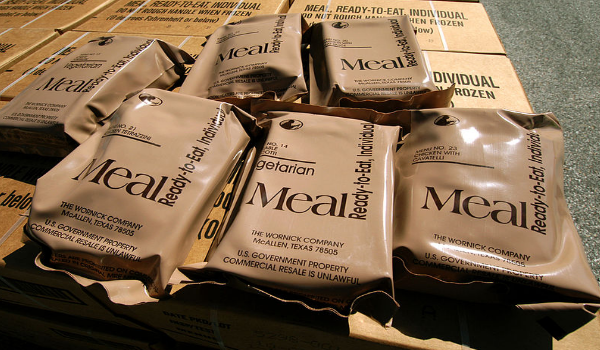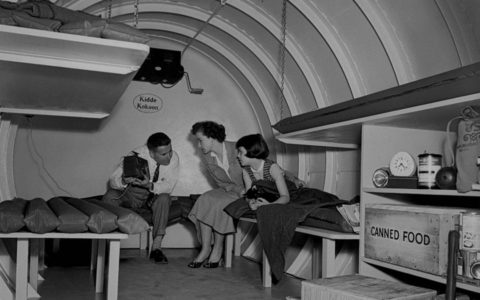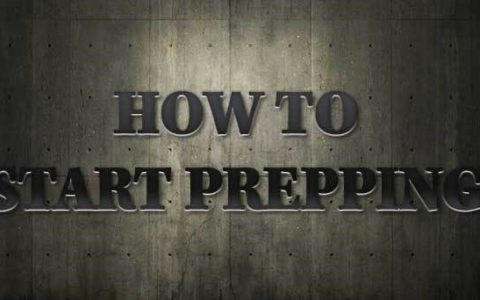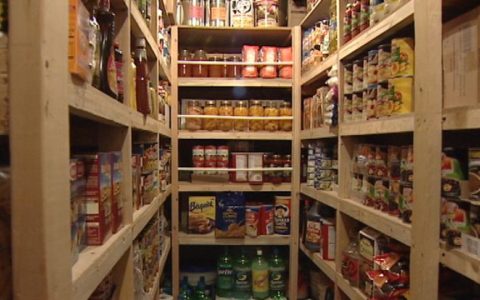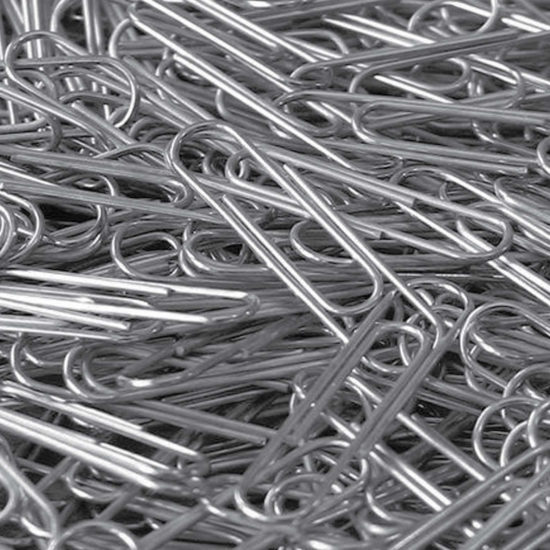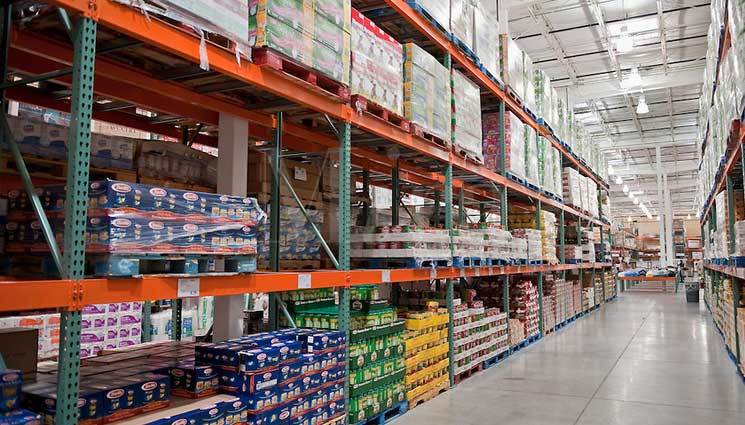
When starting their food storage people commonly ask: How much food do I need? There are a few considerations to make when deciding on quantity. Each food storage type has its own characteristics so included below are some things to keep in mind when determining how much to store.
Pantry/Canned Foods:
If you decide to include pantry/canned foods such as the grocery items that you consume regularly, calculating this can be fairly simple. First figure out how much you and your family go through in a typical week. Take that number and multiply it by the amount of time you would like to have food on hand and strive to obtain that amount. Thirty days is a good initial goal.
Taking advantage of grocery store sales is a great way to quickly build up this portion of your food storage. Remember: eat what you store and store what you eat. This means don’t buy foods that you don’t normally eat just because you see them on sale. By purchasing and preparing the foods you normally eat, rotating out the oldest items in your pantry first and then replacing these items regularly you ensure that this portion of your food storage is always fully stocked and up-to-date.
Bulk Items:
Stocking up on foods you already eat is an easy way to increase your storage.
When it comes to bulk foods, remember that these storage items are excellent for extending meals that you make with your other storage foods or making meals from scratch. Adding rice, pasta or beans to any meal will stretch your food dollar regardless if the meal is canned, freeze-dried or a long-term storage food, Bulk foods are also great for having everyday essentials on hand such as salt, sugar and flour. For example, you will want to store sugar if you are used adding it to your daily coffee.
When determining how much to purchase consider your family’s typical serving sizes and then buy the items based on how many times a week you plan on needing them. Having a surplus will never an issue because bulk foods can last a very long time if properly stored. Note that when purchasing bulk food items you may need to repackage them in order to extend their shelf life sufficiently for your needs.
MREs
If you plan to include MREs as part of your food storage, keep in mind their limited variety and high cost; they are best suited for short-term emergencies. MREs don’t require any cooking so put them in your go bags or evacuation packs. A case of MREs contains 12 meals. Each MRE contains 800-1200 calories so you only need about two per day. A smart goal would be to have one case of MREs per person; this will provide approximately 1 week of meals for each family member.
Dehydrated and Freeze Dried Foods
Quick and easy option that doesn’t require cooking.
Dehydrated and freeze-dried meals are much lighter and can come in small packages for portability. These, too, could double as a bug out supply with the understanding that extra water would be needed for reconstitution.
While you can get individual food items that are either dehydrated or freeze dried, one advantage of these foods is that you can buy prepackaged meals and then all that you would need to make a tasty meal is hot water. These complete meals may not be as convenient to eat as MREs but they provide a much greater variety of meals from which to choose.
Unlike pantry food and MREs, calculating how much freeze-dried and/or dehydrated food you will need is not easy so we will guide you through it.
How much Long-Term Food is Enough?
When deciding how much freeze-dried and dehydrated foods to add to your emergency supply, the most important rule to remember is to go by calories not by serving size. Emergency food companies have different definitions for what constitutes a serving and emergency food kits are not one-size-fits-all even though they may be advertised that way. The first step is to figure out how many calories you and your family consume on a daily basis. Next multiply that by the number of days for which you want to be prepared. This becomes the minimum number of calories that you need to have in your food storage program.
Once you know how many calories your family requires you can figure out how much dehydrated and freeze-dried meals you need. Keep in mind that your daily caloric requirement changes based on what activities you are doing. For example, a hard work day cutting down trees and moving storm debris will require more calories than sitting around playing cards while waiting for a storm to pass. Its best to assume you will need more calories than less. In general teenage and adult males need 2800 calories per day, teenage and adult females require 2200 and children 13 and under use 1400. Infants require special food so plan and purchase food accordingly.
Once you have the total daily calories needed decide how many months’ worth of food you want. This is influenced by your personal comfort level. The longer period of time you can supply for the better but most people can’t afford to go out and buy a year’s worth of food without some prior planning and budgeting. The best recommendation is to start where you can. First build up a 2-week supply and then move to 30 days’ worth. Once you have that, work up to three months, then six and then a year. Build up your food storage supply as big as you need in order to feel safe and to be able to provide for your family in any disaster situation.
Watch out For Serving Size
Remember when choosing an emergency food supplier to look at the total calories in what they call a serving. Similar with our everyday food, a single serving is not enough calories to be considered a complete meal. Instead consider the total number of calories in the package. Going by our figures above an adult male needs about 2800 calories a day or 933 calories per meal.
Many people make the incorrect assumption that a serving size should contain enough calories for a complete meal. In truth, there are no standards for serving sizes; they are only suggested portions by the manufacturer.
Serving sizes are recommendations that also assume that you will also be eating other foods. Focus on the amount of calories in the whole package instead of the number of servings per package. Don’t expect an entrée meal to complete your calorie intake. Look into having snacks, drinks, fruits, vegetables, rice and other food items to help increase your daily calories. Having a variety of foods to eat creates normalcy in an emergency situation.


